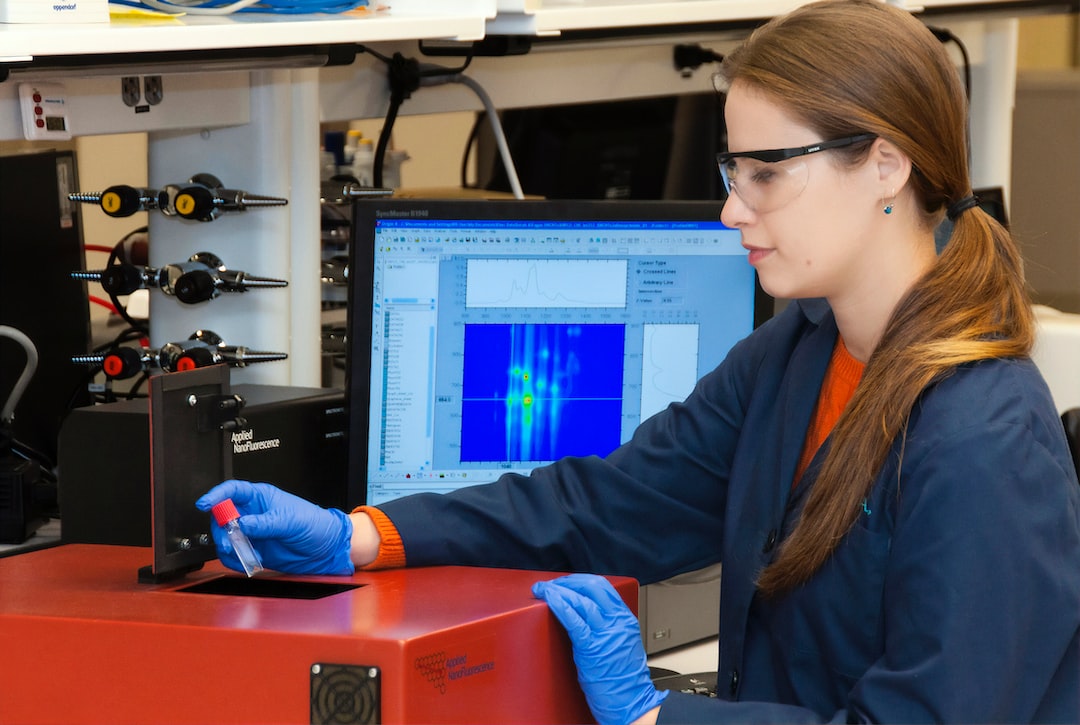The Rise of Smart Factories: Transforming Traditional Manufacturing Models
In recent years, we have witnessed an exponential growth in technology and innovation in various industries. One area that has experienced significant transformation is the manufacturing sector. Traditional factories are rapidly evolving into smart factories, thanks to the integration of cutting-edge technologies such as Internet of Things (IoT), artificial intelligence (AI), and robotics. This evolution is revolutionizing the way products are manufactured, enabling companies to enhance efficiency, reduce costs, and improve overall productivity. In this blog post, we will explore how smart factories are changing the face of traditional manufacturing models.
One of the key features of smart factories is the interconnectivity of machines and systems. Through IoT, every machine is connected, allowing real-time data collection and analysis. This enables manufacturers to have a holistic view of the production process, identify inefficiencies, and make informed decisions. For example, if a production line experiences a bottleneck, sensors can detect this issue and notify the system, which can then allocate resources accordingly, optimizing the workflow. As a result, smart factories eliminate the need for manual intervention and make the manufacturing process more autonomous.
Furthermore, the use of AI in smart factories brings several advantages. AI-driven systems can analyze the collected data and identify patterns or anomalies that might not be apparent to human operators. This allows manufacturers to predict maintenance needs, optimize production schedules, and improve product quality. For instance, AI-powered quality control systems can identify defective products with greater precision, reducing waste and minimizing errors. Additionally, AI algorithms can optimize energy consumption in factories, making them more environmentally friendly and sustainable.
Robots are another crucial component of smart factories. They can handle repetitive tasks with high precision and speed, reducing the risk of human error and improving efficiency. Collaborative robots, also known as cobots, can work alongside human operators, taking on physically demanding or hazardous tasks, enhancing worker safety and reducing the likelihood of workplace accidents. This collaborative nature of robots in smart factories is reshaping the traditional manufacturing models, as humans and machines work together to achieve optimal results.
Smart factories also promote a more flexible and customizable approach to manufacturing. With the integration of smart technologies, manufacturers can easily adapt their production lines to accommodate changing customer demands or market trends. For instance, if a company wants to introduce a new product variant, the production process can be quickly reconfigured to meet the specific requirements. This agility allows manufacturers to respond swiftly to market demands and gain a competitive edge.
Moreover, the rise of smart factories brings forth the concept of “Industry 4.0”, which envisions a fully connected manufacturing ecosystem. Industry 4.0 represents the convergence of physical and digital technologies, creating a unified and intelligent manufacturing environment. This interconnectedness enables seamless communication between suppliers, manufacturers, and customers, resulting in greater visibility and collaboration across the entire supply chain. As a result, manufacturers can optimize inventory management, reduce lead times, and ensure timely delivery of products, thus enhancing customer satisfaction.
However, despite the numerous benefits offered by smart factories, challenges remain. The integration of advanced technologies requires substantial capital investment, and small and medium-sized enterprises (SMEs) may face financial constraints in adopting these innovations. Additionally, cybersecurity concerns arise as data security becomes paramount in smart factories. Robust security measures must be in place to protect sensitive information and prevent unauthorized access. Finally, the introduction of automation raises concerns about job displacement. While it is true that some tasks may be automated, smart factories also create new roles that require digital literacy and technological expertise.
In conclusion, the rise of smart factories is transforming traditional manufacturing models. With IoT, AI, and robotics at its core, smart factories empower manufacturers to streamline operations, improve productivity, and stay competitive in a rapidly evolving market. This revolution in manufacturing represents a paradigm shift that not only changes the way products are made, but also redefines the entire supply chain. Although challenges exist, smart factories hold immense potential for optimizing resource allocation, reducing waste, and driving innovation, ultimately shaping the future of manufacturing.
